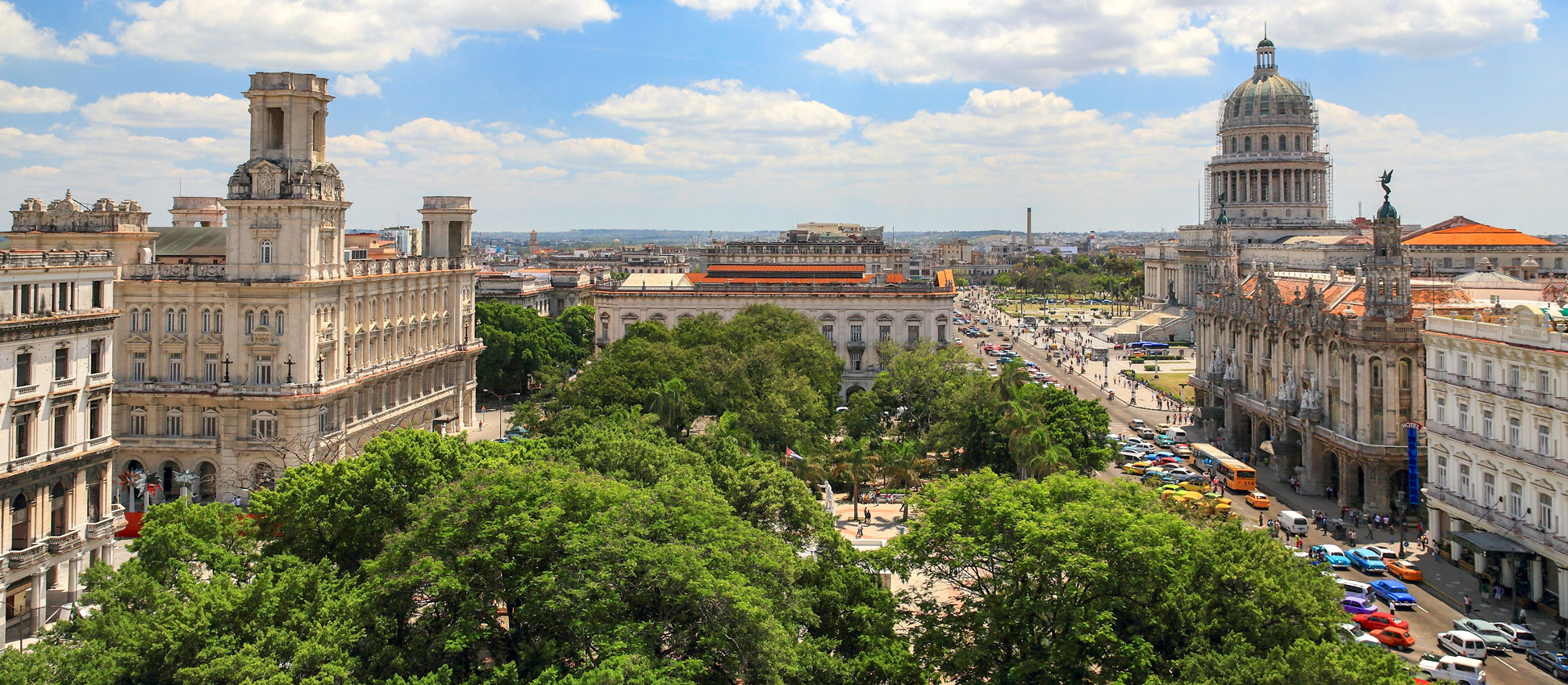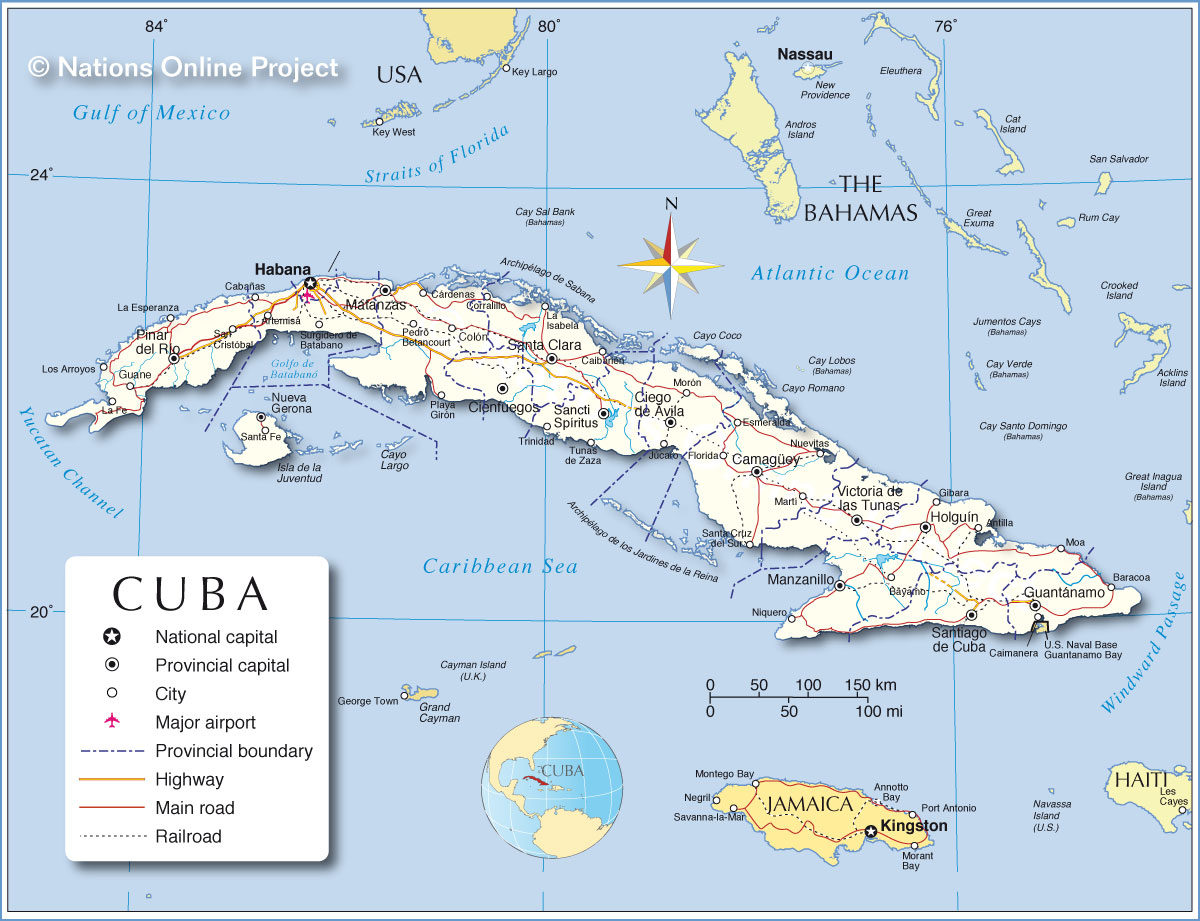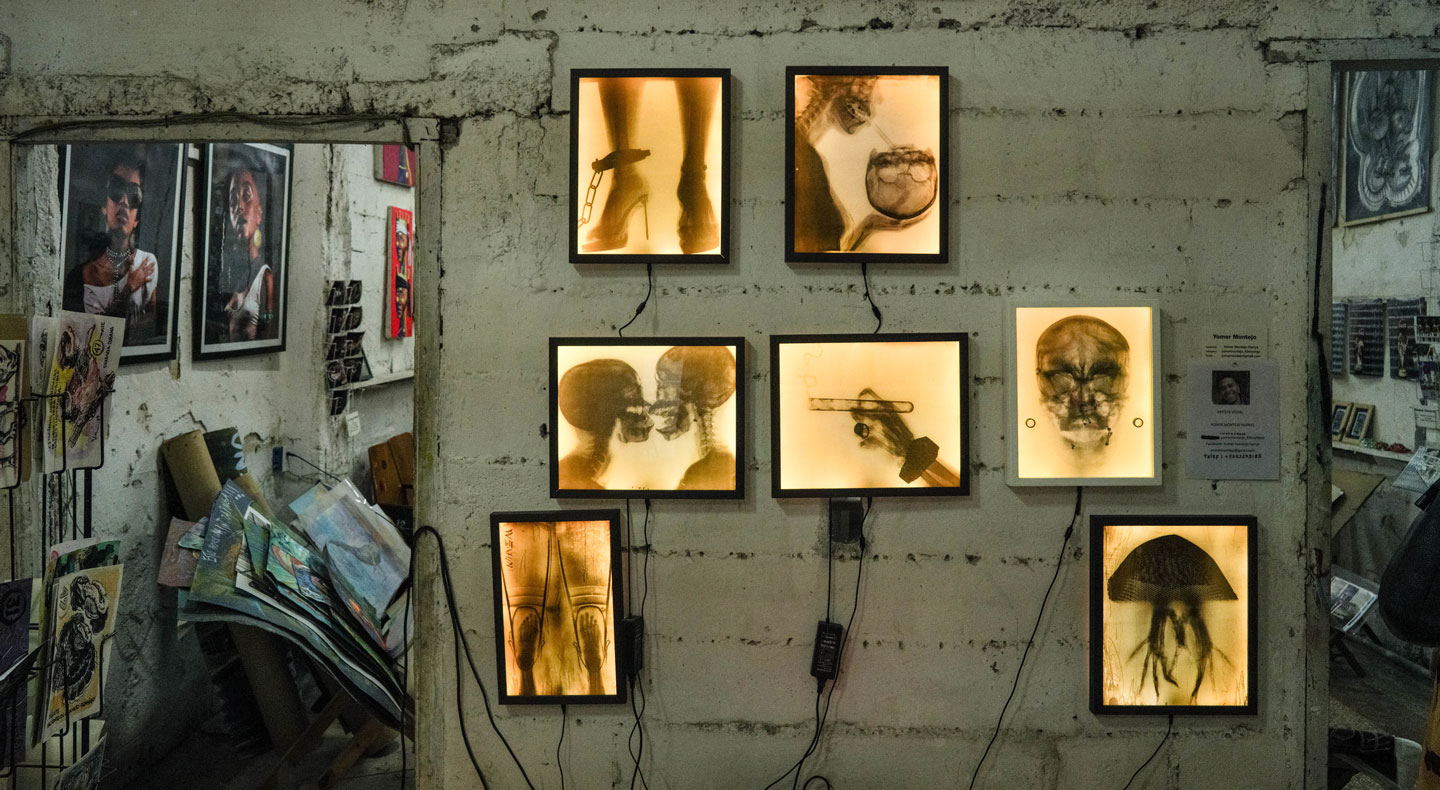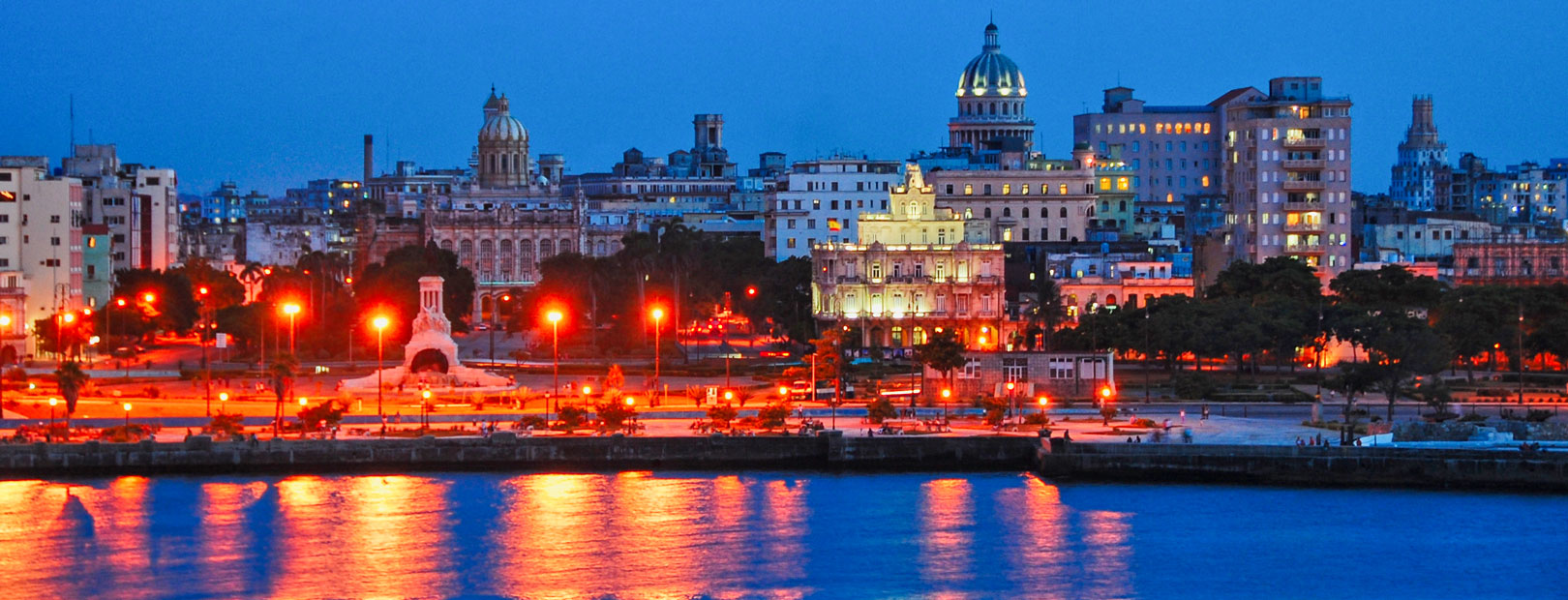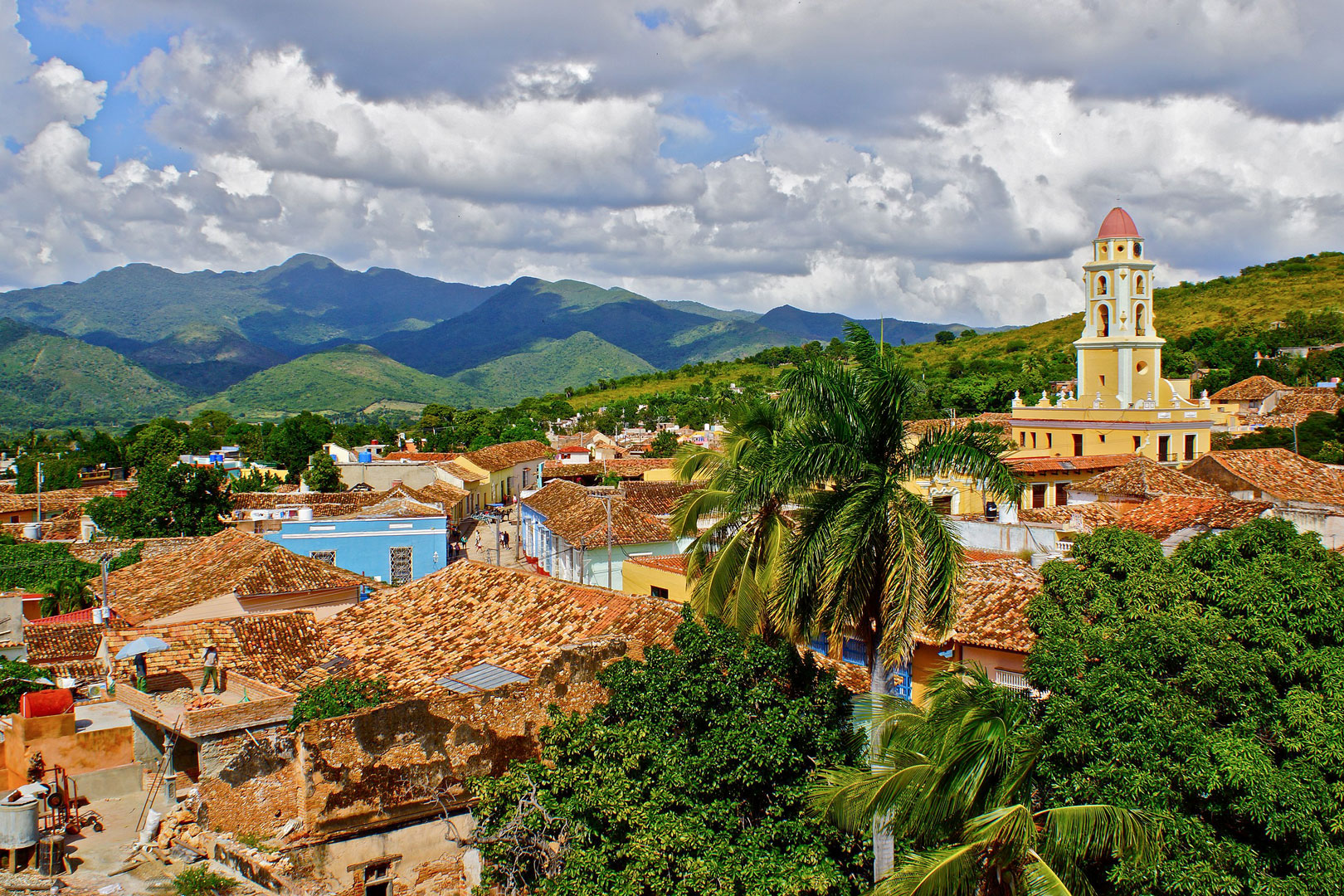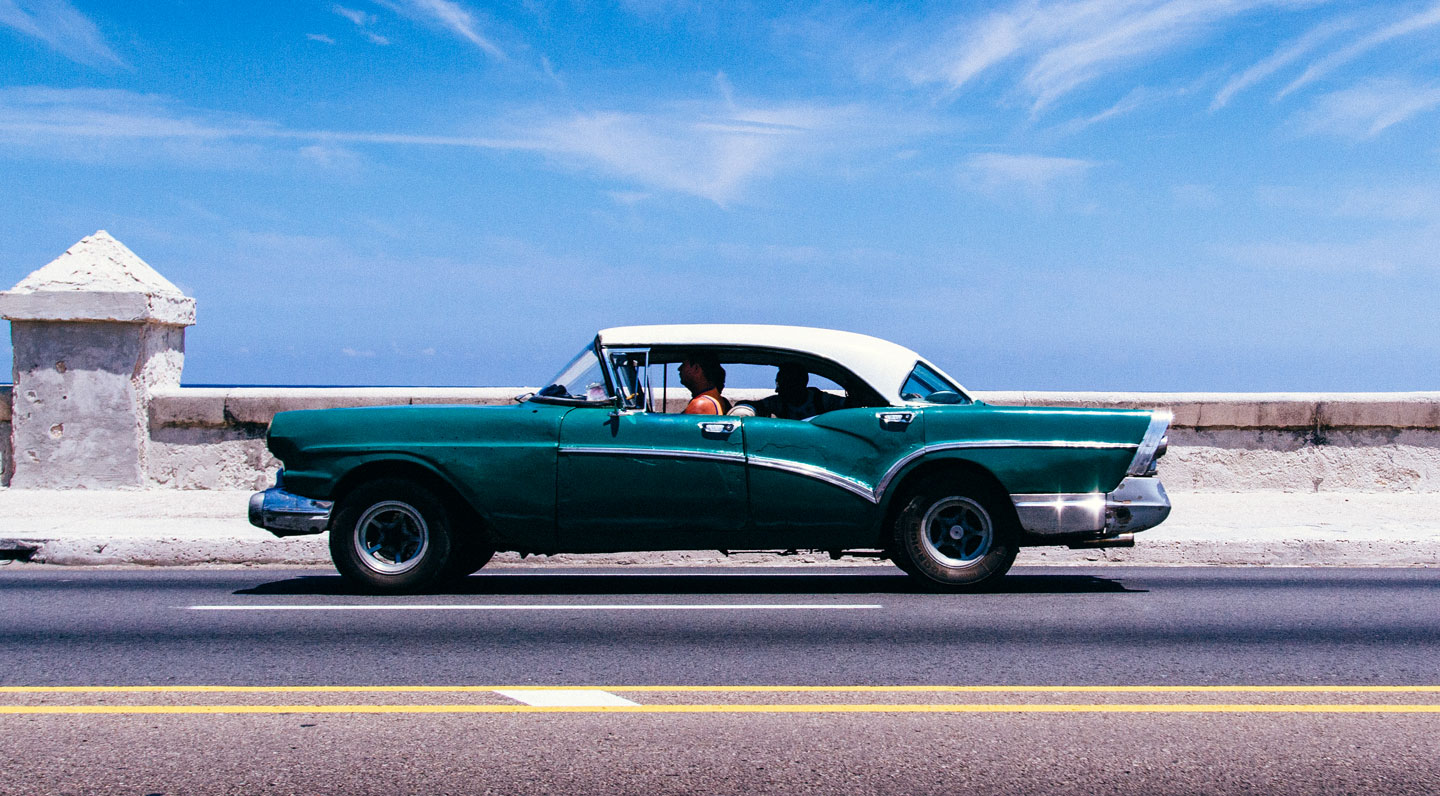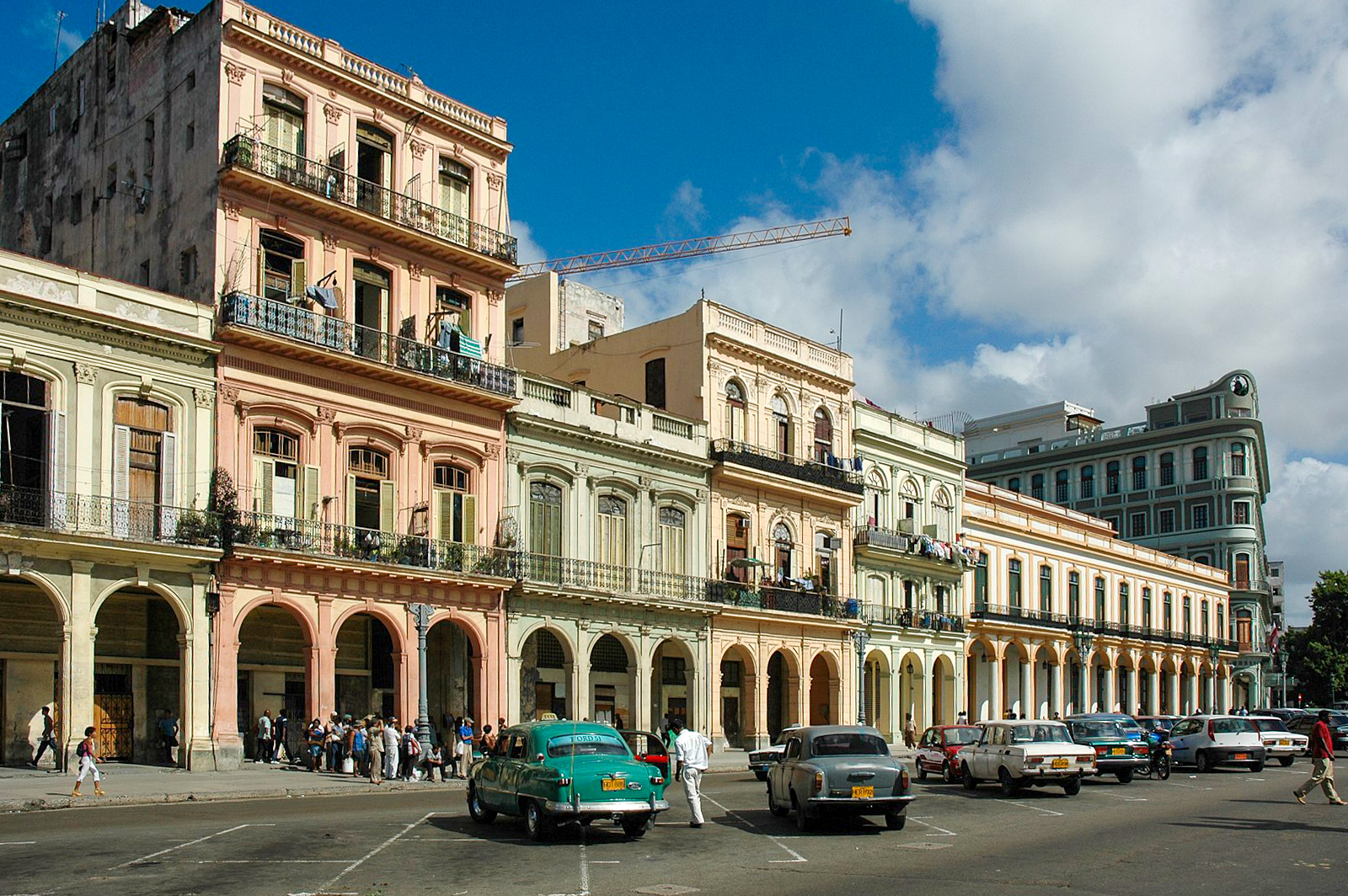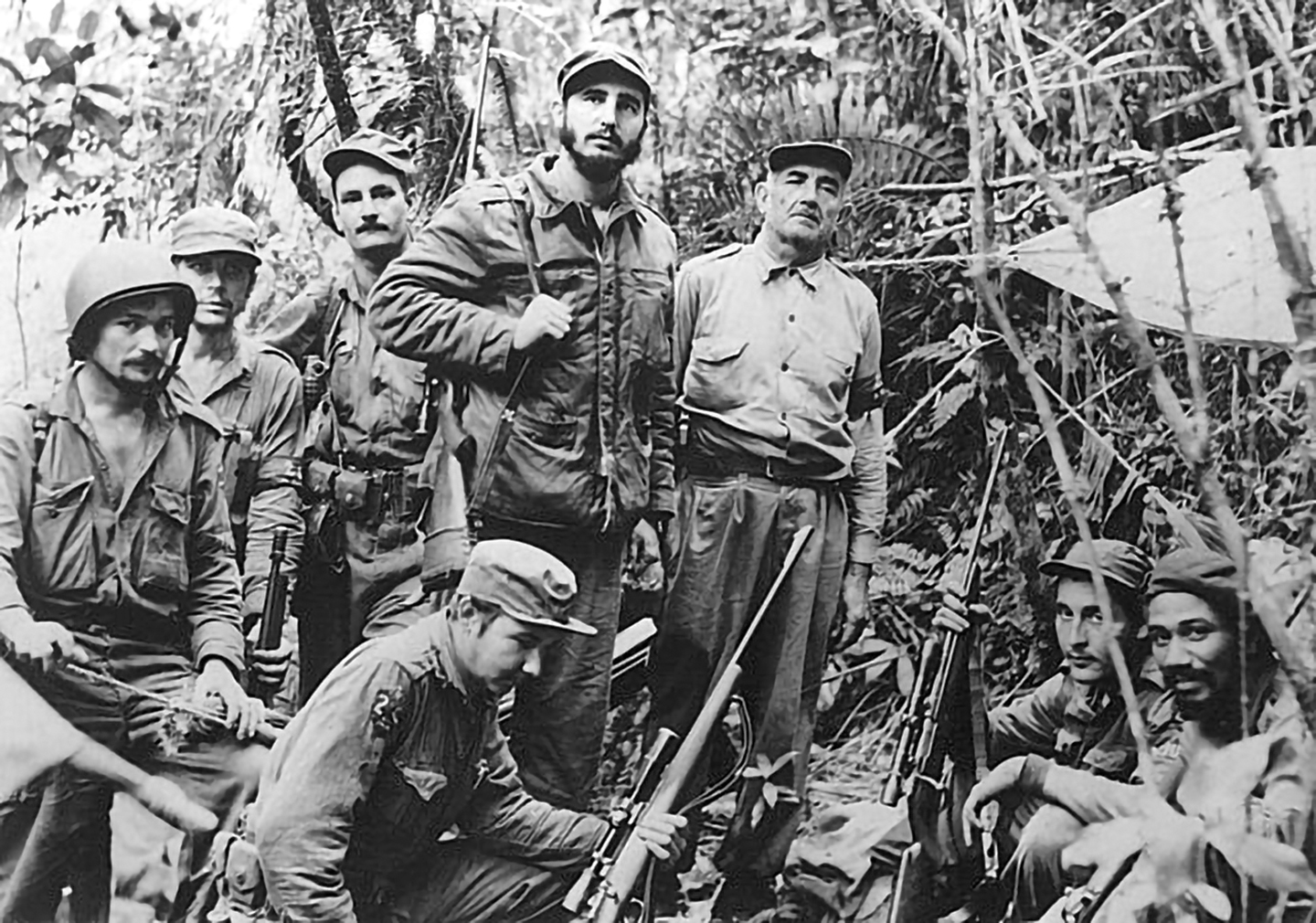What is Cuba known for?
 Rehearsal of the Cuban National Ballet in the Royal Opera House Muscat.
Image: Khalid AlBusaidi
What is Cuba famous for?
Rehearsal of the Cuban National Ballet in the Royal Opera House Muscat.
Image: Khalid AlBusaidi
What is Cuba famous for?
Cuba is known for its rich cultural heritage, beautiful beaches, flavorful cuisine, and historical significance. Here are some of the things that Cuba is famous for:
 The iconic photograph of Marxist revolutionary Che Guevara taken by Alberto Korda.
Image: Alberto Korda
The iconic photograph of Marxist revolutionary Che Guevara taken by Alberto Korda.
Image: Alberto Korda
Cuba is known for its revolutionary history, particularly the role of Fidel Castro and Che Guevara in overthrowing the government in 1959.
Fidel Castro
Fidel Alejandro Castro was a Cuban revolutionary, communist politician, Marxist theorist and dictatorial head of government or president of Cuba, and the first secretary of the Central Committee of the Communist Party of Cuba.
Fidel Castro was one of America's most notorious bogeymen and the target of numerous U.S. assassination attempts -- all unsuccesful.
[WP]
Che Guevara
Ernesto "Che" Guevara was a Marxist revolutionary, guerrilla leader, and author. He was a central leader (comandante) of the rebel army of the Cuban Revolution from 1956 to 1959 and, along with Fidel Castro, was its most important symbolic figure.
The Cuban Revolution
The Cuban Revolution (1956-59) led to the overthrow of Cuban dictator Fulgencio Batista by the 26th of July Movement, a resistance movement led by Fidel Castro. The goal of the resistance was the restoration of the 1940 Constitution, partially suspended by Batista, including all basic democratic rights as well as the not fully implemented land reform it contained.
Batista's suspension of key provisions of the 1940 Constitution marked a significant setback for democracy and human rights in Cuba and contributed to growing discontent and opposition to his rule.
The armed struggle was waged between 1956 and 1959 by urban underground activists and a guerrilla army operating from the mountains. During 1958, the fights intensified and steadily expanded spatially. It ended with Batista's escape on 1 January 1959.
 Mansion in the Moorish Revival architecture style, in Cienfuegos in central Cuba.
Image: Dieter Mueller
Mansion in the Moorish Revival architecture style, in Cienfuegos in central Cuba.
Image: Dieter Mueller
Spanish-colonial architecture in Cuba is a style of architecture that emerged during the time of Spanish colonization of the island, which began in the late 15th century.
Colonial architecture still can be seen in the Cuban cities. It's a symbol of Cuba's identity, influenced by its history and culture. The way Cuban cities were developed and their buildings were designed helped shape the country's unique character.
Several Cuban colonial historical centers are
World Heritage Sites, which stand out for their cultural and functional values.
Cuban National Ballet
The
Ballet Nacional de Cuba (National Ballet of Cuba) is a prestigious ballet company based in Havana, Cuba. It was founded in 1948 by the legendary Cuban ballerina and choreographer Alicia Alonso, together with her husband Fernando Alonso and brother-in-law Alberto Alonso. The Ballet Nacional de Cuba has gained international recognition for its unique style that combines elements of classical ballet with Afro-Cuban and Latin American influences.
Buena Vista Social Club
Buena Vista Social Club is the trademarked title of a music album recorded in 1996 by U.S. guitarist Ry Cooder on a project with veteran Cuban musicians of the 1940s and 1950s assembled by Juan de Marcos González. With over eight million sales, it is the most successful album in the genre of world music.
 Finest Cuban cigars with banderoles, "Romeo y Julieta" and "Montecristo Habana."
Image: tiago claro
Finest Cuban cigars with banderoles, "Romeo y Julieta" and "Montecristo Habana."
Image: tiago claro
Habano is the name for a cigar originating in Cuba and made from Cuban tobacco. The exclusive distribution of these cigars lies with the company
Habanos SA. The name comes from the city of Havana, which is the main port for exporting cigars abroad. Also, there are the most famous manufacturers for the production of Habanos.
Some of the famous Cuban cigars are Cohiba's Robusto and Lanceros; Cohiba is perhaps the most well-known and prestigious Cuban cigar brand. Others are Montecristo (N°4), Romeo y Julieta, the Partagas Series, Upmann Magnum, the Hoyo de Monterrey and Hoyo de San Juan, and the Bolivar and Trinidad brands.
Classic cars
Cuba is famous for its vintage American cars, many of which date back to the 1950s and 1960s. One of the reason was the United States embargo against Cuba, which prevented U.S. companies from doing business with the island.
The embargo covered almost all exports including cars and spare parts. In addition, private ownership of materials such as cars was illegal in communist Cuba between 1959 and 2011.
[Beyond]
 Guantanamera - Street music in Santiago de Cuba.
Image: Thomas_H_foto
Guantanamera - Street music in Santiago de Cuba.
Image: Thomas_H_foto
Cuban culture includes a wide range of dance forms. The island's indigenous people performed rituals known as areíto, which included dances, although little information is known about such ceremonies.
After the colonization of Cuba by the Spanish, European dance forms were introduced, such as the French Contredanse, from which the Cuban Contradanza emerged.
Modern dance styles originally developed in Cuba are Mambo, Cha-cha-cha, Bolero and Salsa.
Guantanamo Bay
Guantanamo Bay detention camp is a United States military prison located on the coast of Guantánamo Bay in southeastern Cuba. The United States first captured Guantánamo Bay in 1898 during the Spanish-American War and established a naval base there. In 1903, the United States took territorial control of the southern part of Guantánamo Bay.
Since 2002, the base has included the detainment camp for individuals deemed of risk to United States national security. Of the approximately 780 people who have been detained there since January 2002, when the military prison opened after the September 11 attacks, 735 have been transferred elsewhere, 35 remain there, and nine have died in custody. The facility has become a symbol of injustice, abuse, and disregard for the rule of law at home and around the world. Violations of international law at Guantánamo include illegal and indefinite detention, torture, inhumane conditions, unfair trials (military commissions), and many more.
[ACLU] [SU Law]
 Old Havana (Habana Vieja) and its fortification system were declared a World Heritage Site by UNESCO in 1982. To the left is Iglesia y Convento de la Merced; the Church of Our Lady of Merced was built in 1755 and reconstructed in the 19th century. The sanctuary includes a convent.
Image: Dan Lundberg
Old Havana (Habana Vieja) and its fortification system were declared a World Heritage Site by UNESCO in 1982. To the left is Iglesia y Convento de la Merced; the Church of Our Lady of Merced was built in 1755 and reconstructed in the 19th century. The sanctuary includes a convent.
Image: Dan Lundberg

